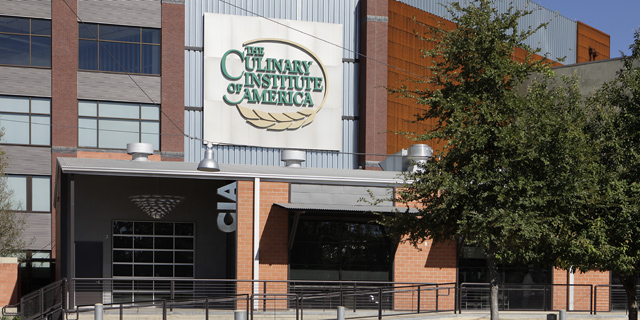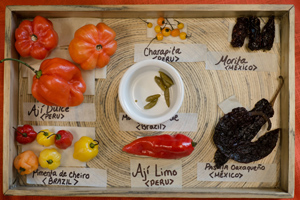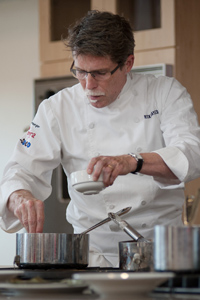Now that we see the autumn months just on the horizon, the 2013 Latin Flavors, American Kitchens Leadership Symposium is fast approaching. This conference beacons all food industry professionals to the Culinary Institute of America (CIA) Campus in San Antonio, Texas on October 2-4 for a yearly gathering of the who’s who of the Latin American Culinary world. Latin Flavors, American Kitchens nobly endeavors to spotlight the rich heritage and bright future of Latin cuisine, promote a better understanding of the complexities of regional cuisines, and ensure the recognition and advancement of Latin American culinary professionals in the United States.
The impact of Latin culture in the United States is undeniably a force to be reckoned with. According the Pew’s Hispanic Trends Project, between the years 2000 to 2011 there was a 48% increase of Hispanics living in the US, a jump from 35.2 million to 51.9 million, making Hispanics the country’s largest ethnic group. And as the Hispanic/Latino community in the United States grows, so does the general population’s interest in and exposure to Caribbean and Central and South American cuisine. The days of blanket statements that ignore the notable differences between Latin American regions, each with different ecological environments and unique history that flavor regional cuisines, are quickly passing us by, and thankfully so. With all the delicious, exotic and innovative dishes and methods stowed away in the cultures of the tropics, this type of unfamiliarity is a crime and a crying shame, one that the Latin Flavors, American Kitchens aims to remedy.
Next up, a look at who’s presenting…
[pagebreak]
The CIA hosted conference, complete with presentations, tastings, open discussions, and hands-on demonstrations, is counting on the participation of Adolfo Garcia, Diego Oka, and Hugo Ortiz, as well as returning presenters Rick Bayless and Roberto Santibañez. The events will explore several provocative topics, including among others: Mexican barbacoa; how to reconcile authenticity with availability; the different tastes and buying preferences of Latin subgroups in the US; the evolution of cuisines; an introduction on tequila and mezcal; demonstrations of the techniques, ingredients, and flavors of Mexican, Peruvian, and Pan-Latin American food; and how to create dishes that dovetail customer expectations, a chef’s culinary vision and Latin culinary history.
For $495 attending culinary professionals from around the world can look forward to the full three days worth of tuition, breakfasts, lunches and access to exciting evening receptions, all in the campus of one of the world’s premier culinary colleges and in the company of some of the biggest names in Latin American cooking. Not a bad deal at all!
Are you a culinary professional? If so, for tickets and more information, click here!








![Making Mealtime Matter with La Familia: Easy Sofrito [Video]](https://thelatinkitchen.com/wp-content/uploads/2015/10/sofrito-shutterstock__0-500x383.jpg)
![Easy Latin Smoothies: Goji Berry Smoothie [Video]](https://thelatinkitchen.com/wp-content/uploads/2015/12/goji_berry-shutterstock_-500x383.jpg)
















![Fun and Fast Recipes: Fiesta Cabbage Salad [Video]](https://thelatinkitchen.com/wp-content/uploads/2015/11/fiesta_cabbage_slaw-shutterstock_-500x383.jpg)





